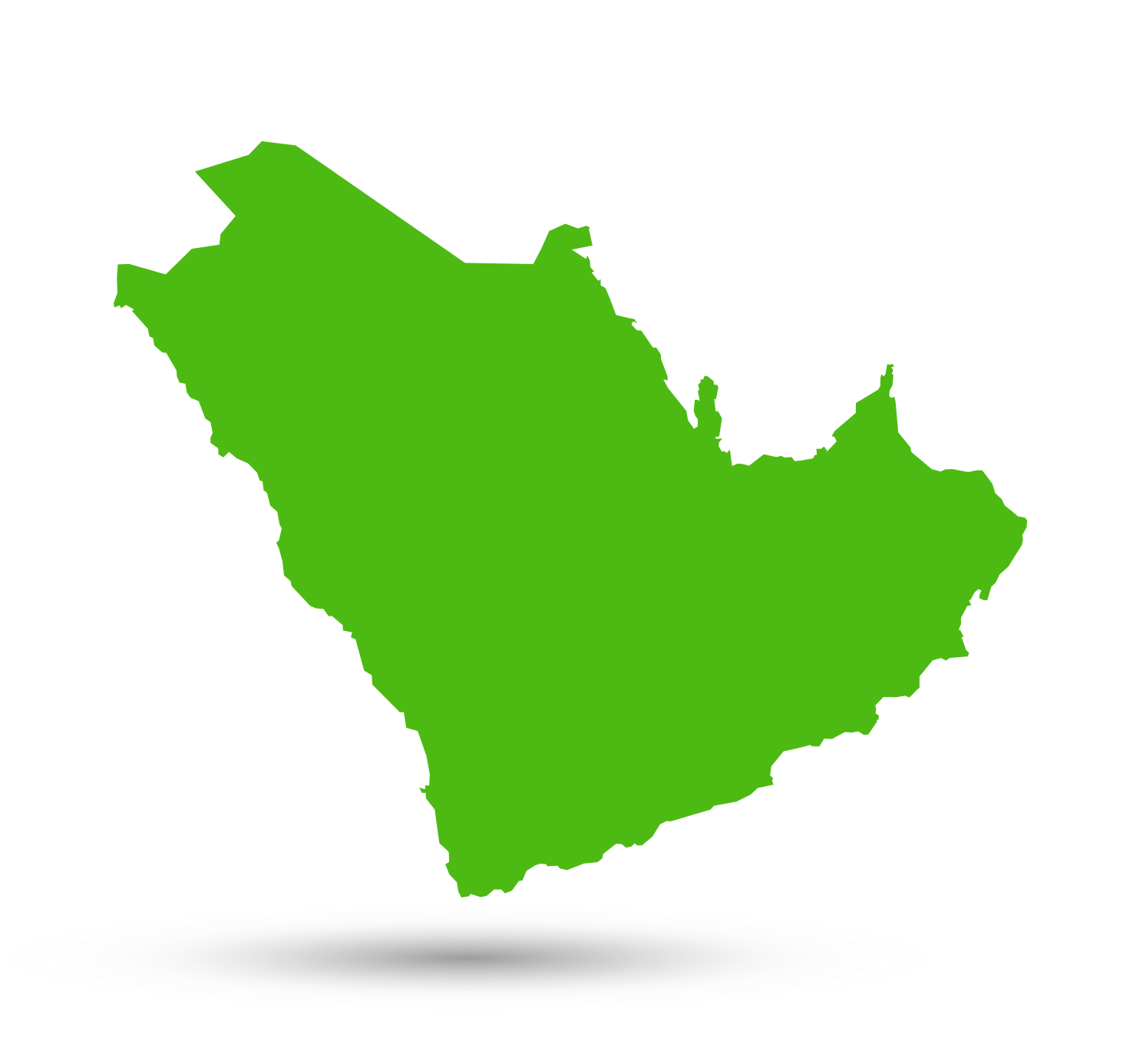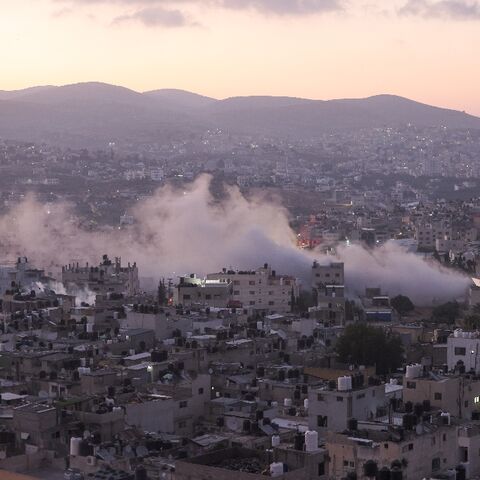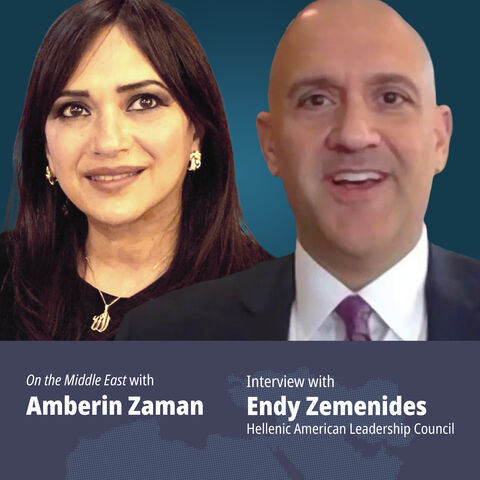Middle East nations took seven of the top 10 slots in a ranking of the top blockers of virtual private networks (VPNs) globally, according to an investigative report released on Tuesday.
The report by the nonprofit monitoring site Top10VPN relied on data from more than 100 countries collected from Jan. 1 to May 15 by the censorship watchdog Open Observatory of Network Interference. The report focused on access to the most common privacy tool for internet users.
China came in first, blocking about 73% of all attempts to access VPN providers, while Iran blocked 69% and several Gulf Arab countries followed.
VPNs and other privacy tools allow internet users to bypass firewalls, keep their data more secure and hide their internet protocol addresses — an online identification code — from government agencies, corporations and hackers.
Here are the 10 countries with the highest VPN blocking rates in the world:
1. China 73%
2. Iran 69%
3. Yemen 62%
4. Saudi Arabia 60%
5. Oman 49%
6. UAE 44%
7. Egypt 39%
8. Qatar 38%
9/10. Uzbekistan and Russia 32%
Gulf Arab countries made up the majority of Middle Eastern nations on the list and accounted for five of the 10 top countries worldwide. Yet not all Arab countries had high VPN blocking rates — Tunisia blocked only 1%, compared to the global average of 8%.
Governments most commonly disrupt VPN usage by blocking access to VPN provider websites, but there are others means that include forcing app stores to remove VPN programs, interfering with their functionality and making their use illegal, according to Top10VPN.
The blocking of VPN and privacy-related websites is a sign of broader digital repression tactics, according to Top10VPN, which noted that the 10 most prolific VPN blockers on its list had a digital repression index score that was 10 times worse than the global average on the Digital Repression Index compiled by Steven Feldstein, a contributor at cloud-based research sharing site Mendeley Data.
The Digital Repression Index based its findings on 2021 data measuring government surveillance of social media, the dissemination of disinformation, internet shutdowns and social media censorship.








